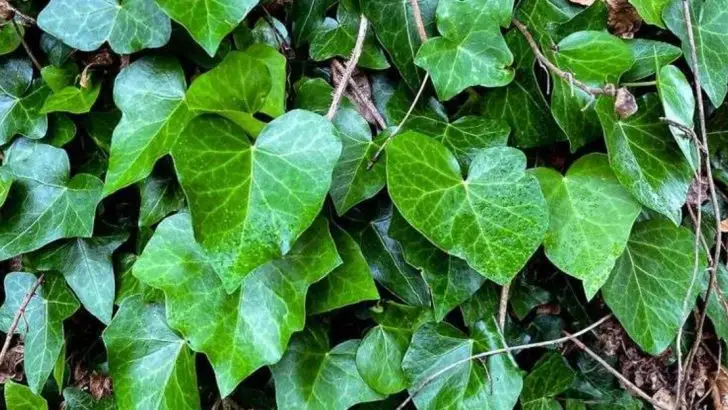Some of the most common plants in our gardens are actually doing more harm than good. Without realizing it, you might be growing invasive species that spread aggressively, choke out native plants, and disrupt local ecosystems—especially the ones birds and pollinators depend on.
Luckily, there’s a better way. By replacing these problem plants with bird-friendly native alternatives, you not only support a healthier landscape, but you also invite more wildlife into your yard. These 8 swaps are simple, beautiful, and a win-win for you and the environment.
English Ivy
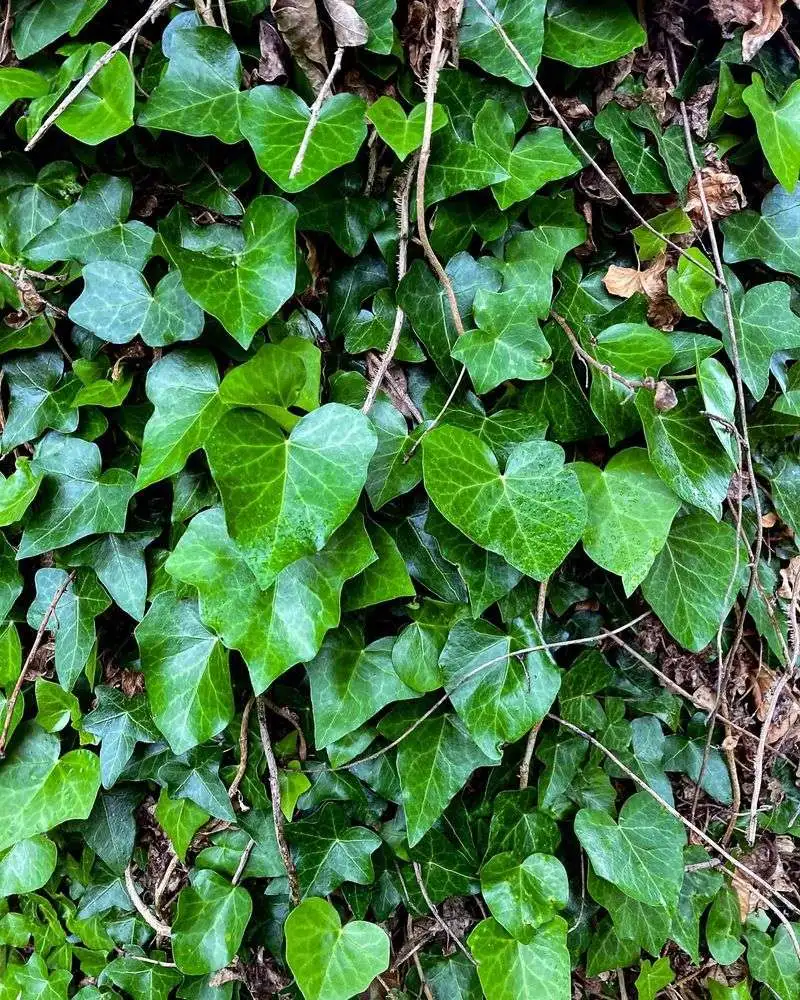
English Ivy might seem like an attractive ground cover, but it quickly spirals out of control, smothering trees and structures alike. Its aggressive growth can choke out native plants, leading to decreased biodiversity. Many homeowners appreciate its evergreen foliage, yet it can also harbor pests and diseases. Consider replacing this invasive climber with native alternatives that support local ecosystems.
Virginia Creeper
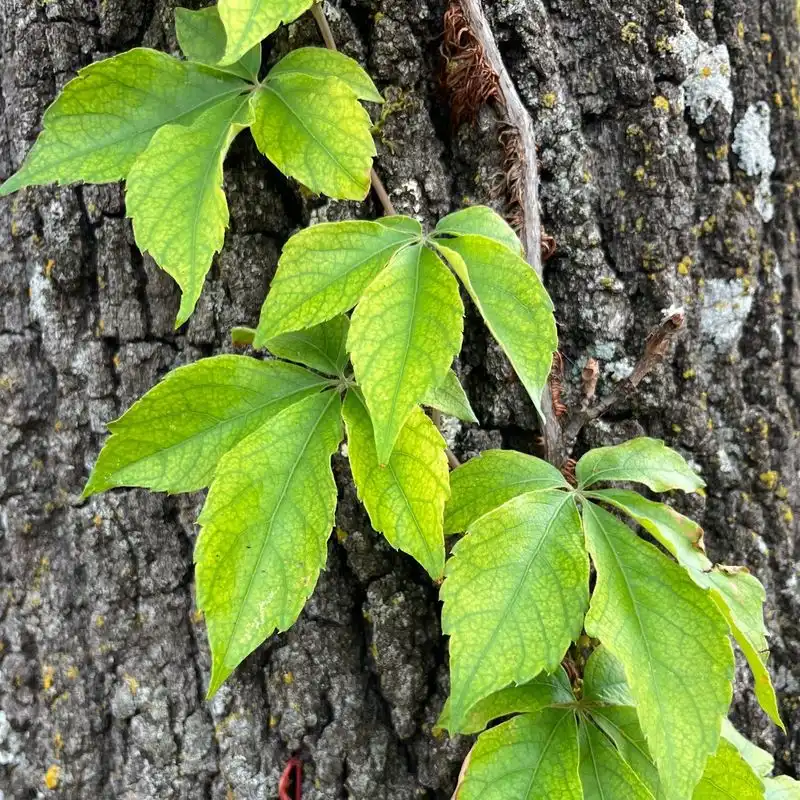
Virginia Creeper provides a stunning visual treat with its vibrant red leaves in autumn, serving as a native alternative to invasive climbers. Not only does it add a splash of color, but its berries attract birds, making it a win-win for wildlife enthusiasts. This plant’s tendrils provide excellent cover and nesting sites for various bird species, enhancing your garden’s ecological value.
Japanese Knotweed
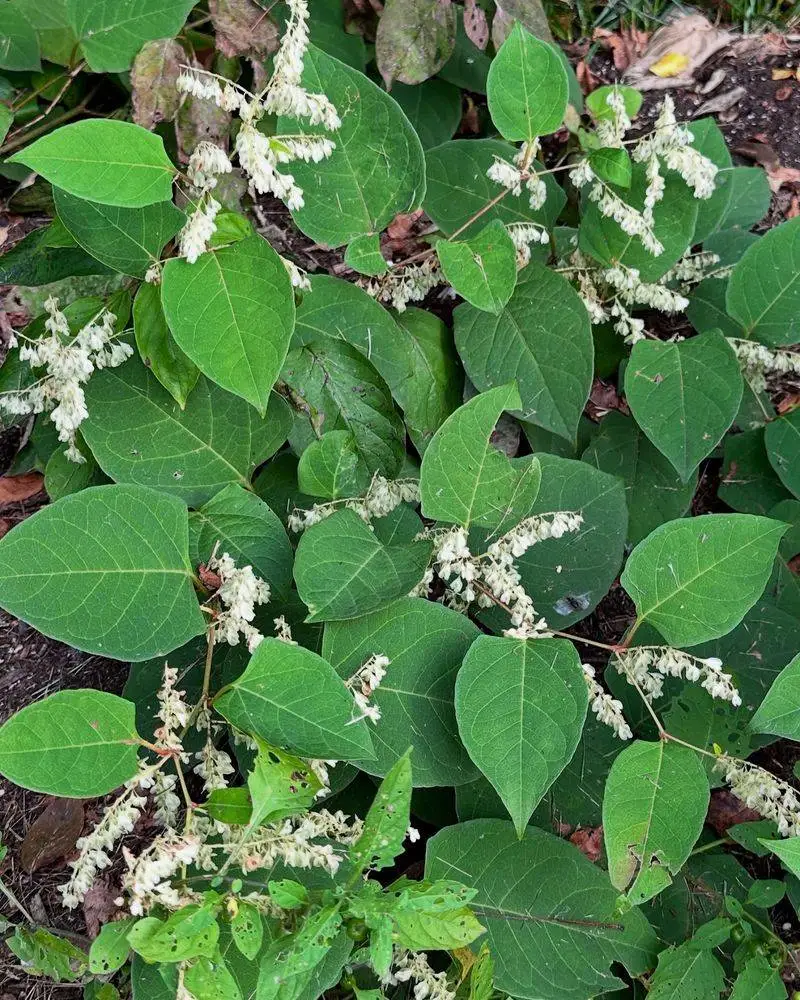
Japanese Knotweed is notorious for its ability to grow through concrete and disrupt infrastructure. This invasive plant forms dense thickets that crowd out native species and alter soil chemistry. Despite its bamboo-like appearance, it’s best avoided. Gardeners can choose native substitutes that provide habitat benefits without the destructive growth patterns.
Joe-Pye Weed
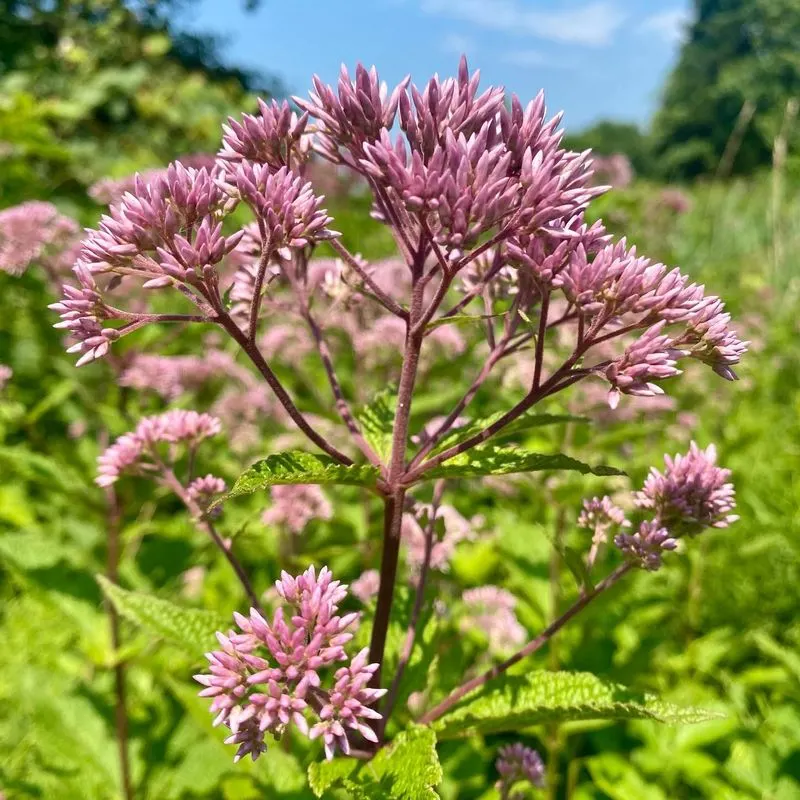
Joe-Pye Weed offers tall, majestic blooms that attract butterflies and birds alike. Unlike Japanese Knotweed, it supports a rich tapestry of life. This native plant thrives in moist soil and sunny spots, providing nectar and habitat for various wildlife. Its towering presence can be a focal point in eco-friendly gardens, promoting biodiversity with every flower.
Purple Loosestrife
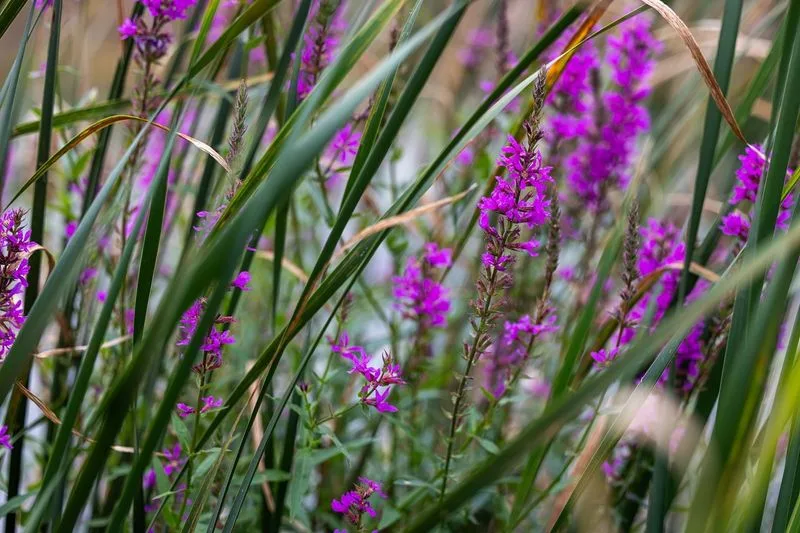
Purple Loosestrife is a striking plant that threatens wetlands by forming dense stands, compromising water flow and native biodiversity. Its vibrant spikes of purple flowers may be alluring, but the ecological cost is high. To preserve wetland habitats, consider opting for native alternatives that thrive in moist conditions and support local wildlife.
Blue Vervain
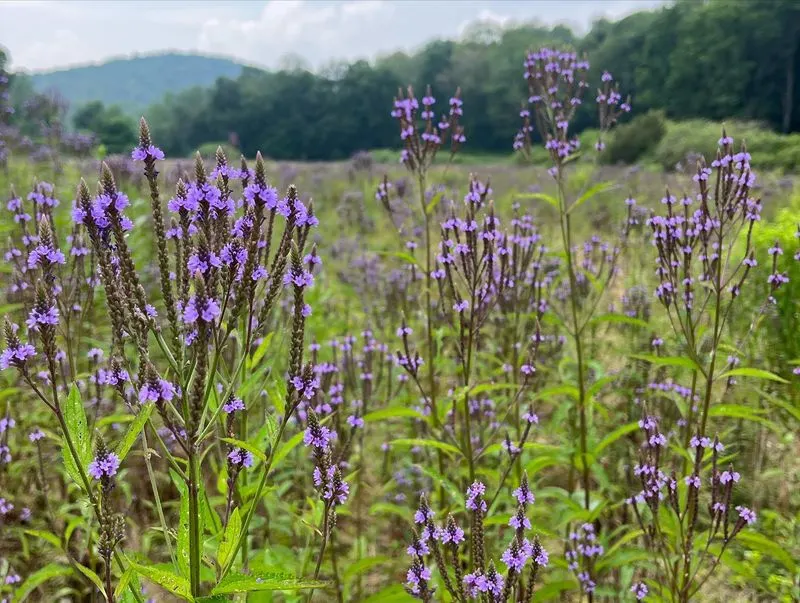
Blue Vervain stands as a resilient native choice, offering tall spikes of blue-purple flowers that attract pollinators. Unlike Purple Loosestrife, it enhances wetland habitats without outcompeting native species. Birds enjoy its seeds, while butterflies frequent its flowers, making it an excellent addition for those looking to support wildlife.
Norway Maple
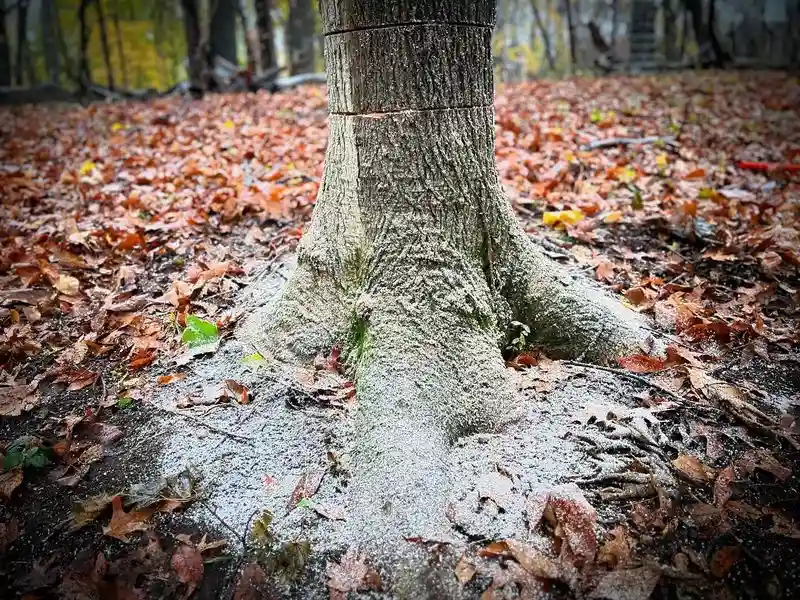
Norway Maple’s dense canopy can overshadow native plants, altering the understory ecosystem. This tree’s shallow roots compete aggressively for nutrients, and its leaves create a dense shade. Though common in urban landscapes, its impact on native flora is profound. Selecting native trees can help restore balance and benefit local wildlife.
Red Maple
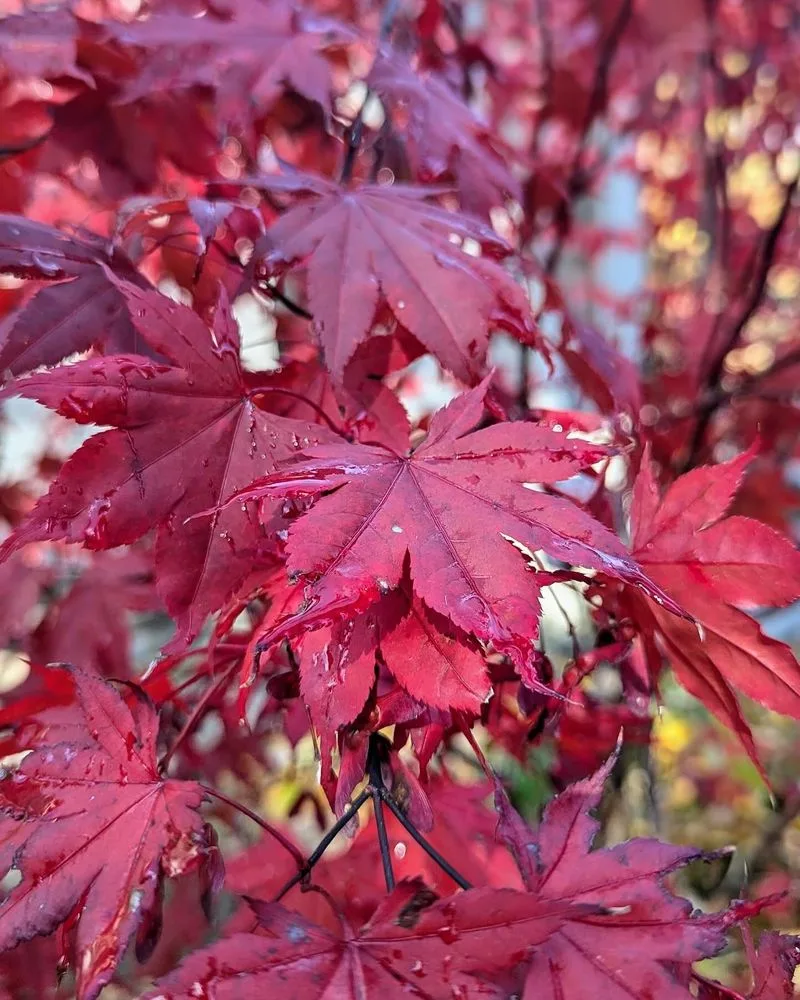
Red Maple is a native tree that supports local ecosystems with its vibrant autumn foliage. Unlike Norway Maple, it allows for a more diverse understory, offering habitat and food for local wildlife. Its brilliant colors make it a favorite among gardeners, providing a stunning show each fall. The Red Maple’s adaptability to different soil types further enhances its appeal.
Autumn Olive
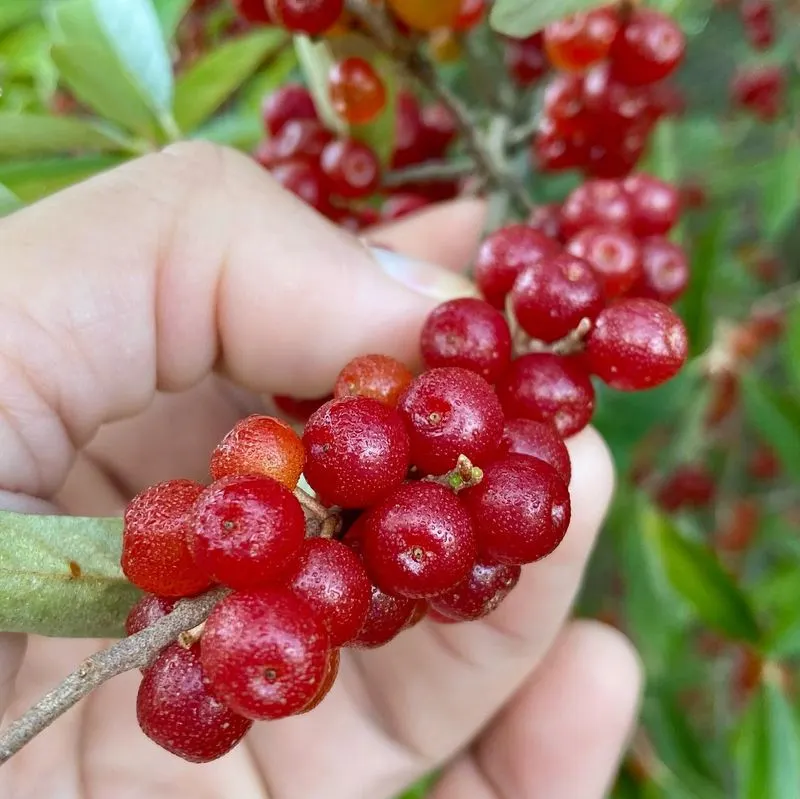
Autumn Olive, with its silvery leaves and red berries, can quickly become a dominant force in meadows. This invasive shrub alters soil chemistry and displaces native species. Despite its attractive appearance, its ecological impact calls for mindful removal. Replacing it with native shrubs can restore balance and attract beneficial wildlife to your garden.
Serviceberry
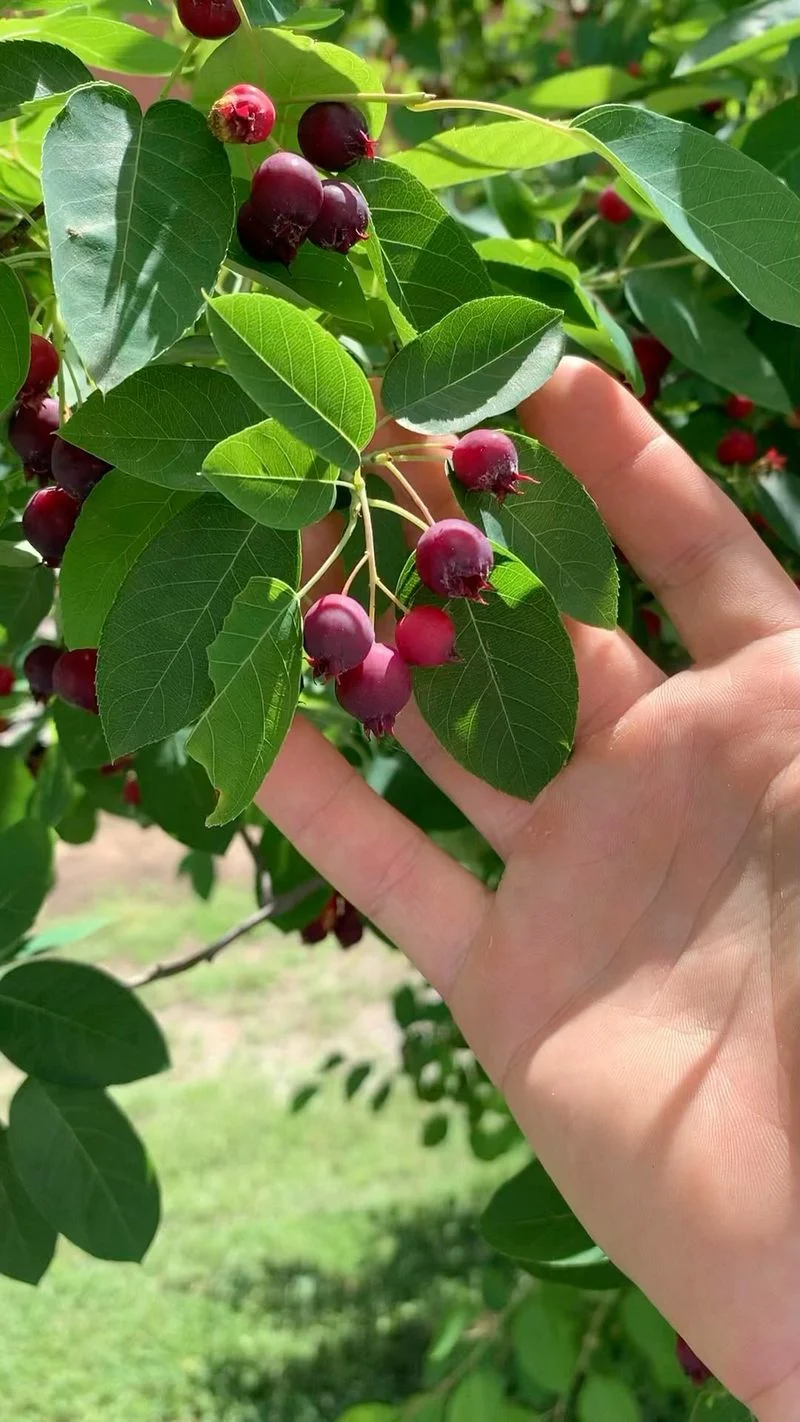
Serviceberry is a delightful native shrub that offers white blossoms and edible berries. Birds adore its fruit, making it a perfect choice for wildlife-friendly gardens. Unlike Autumn Olive, Serviceberry supports a harmonious ecosystem without aggressive tendencies. Its seasonal interest extends from spring flowers to fall foliage, providing beauty and ecological benefits year-round.
Bamboo
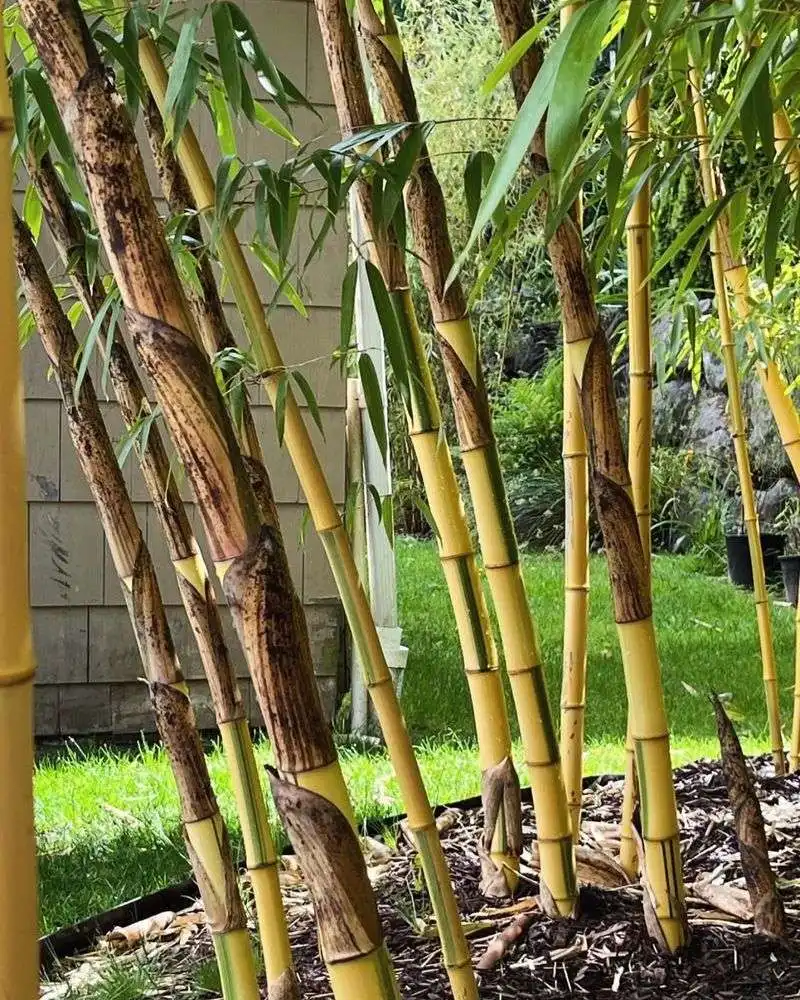
Bamboo is often coveted for its fast growth and tropical aesthetic, yet it can quickly become unmanageable. Its underground rhizomes spread aggressively, overtaking garden spaces. While its look is appealing, the challenges it presents are significant. Switching to native grasses offers similar visual appeal without the invasiveness, maintaining garden harmony.
Switchgrass
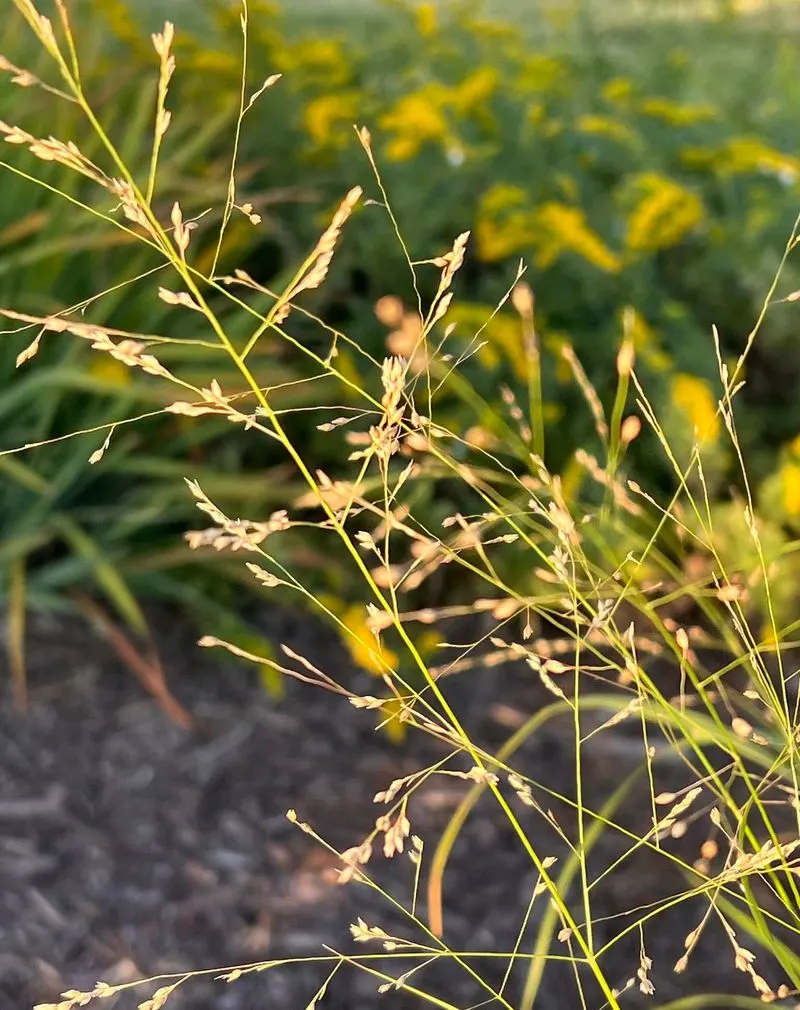
Switchgrass is a native grass that provides height and movement with its graceful plumes. Unlike Bamboo, it stays well-contained and offers food for birds with its abundant seeds. This prairie grass thrives in various conditions, making it a versatile addition to eco-conscious landscapes. Its presence can enhance biodiversity and soil health.
Honeysuckle
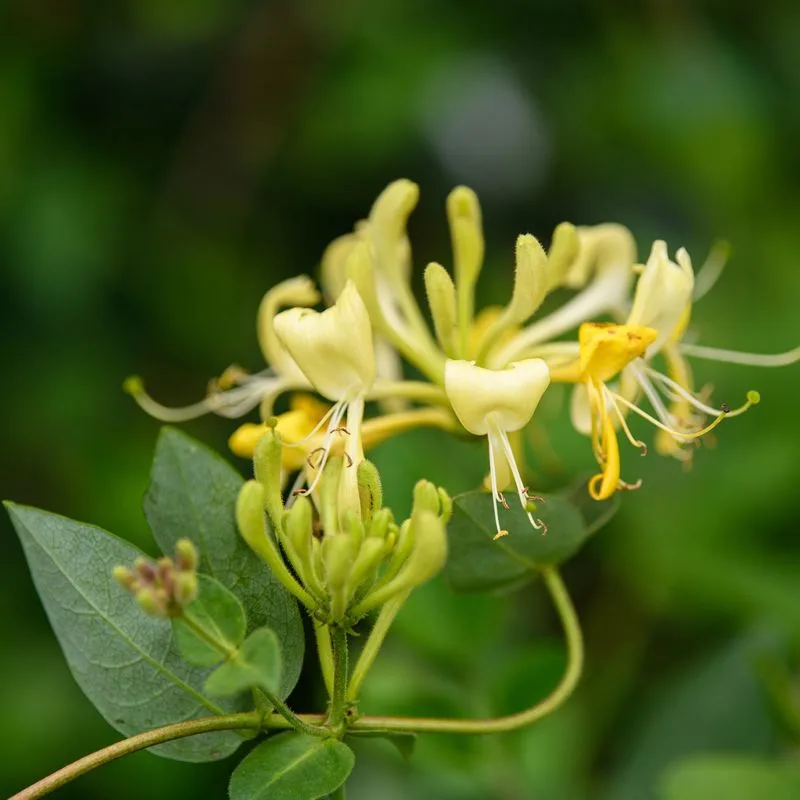
Honeysuckle’s fragrant blooms might be enticing, yet its aggressive spread poses a threat to native habitats. This plant forms dense thickets that are difficult to control, overshadowing native flora. Despite its sweet aroma, its impact on ecosystems is profound. Opt for native flowering shrubs that offer similar beauty without compromising biodiversity.
Coralberry
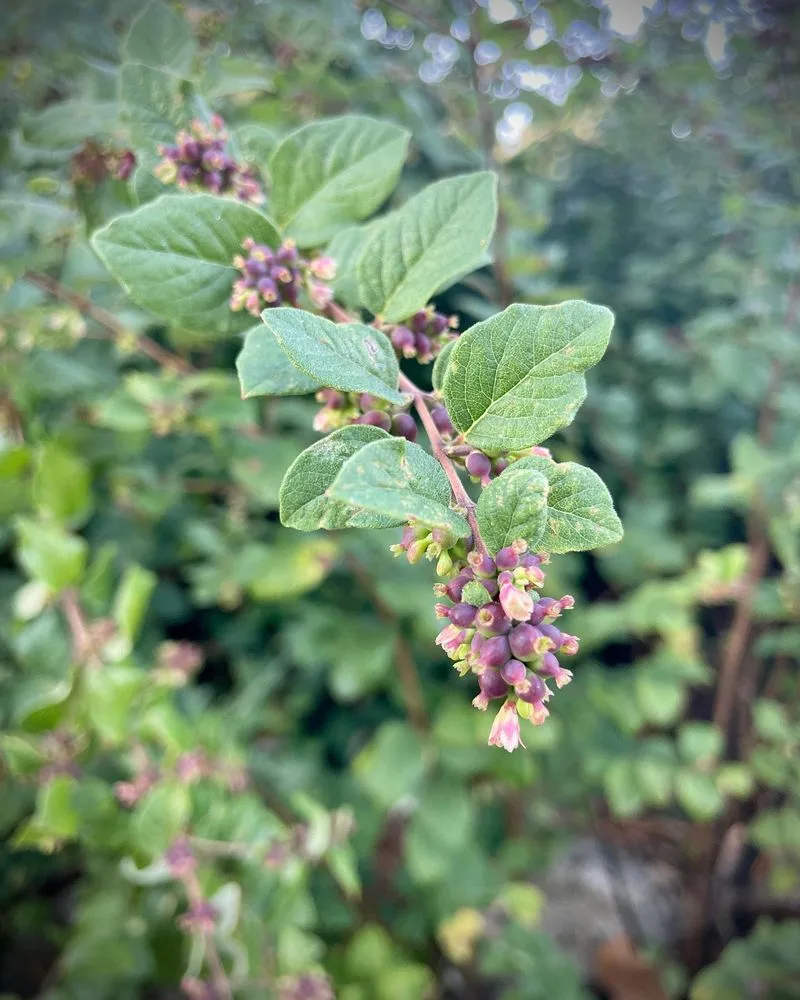
Coralberry offers a native alternative with its charming pink berries and delicate foliage. Unlike Honeysuckle, it supports local ecosystems by providing food and shelter for birds. This shrub thrives in woodland gardens, adding texture and color without the invasive qualities. Its subtle charm and ecological benefits make it a worthy addition to any garden.
Butterfly Bush
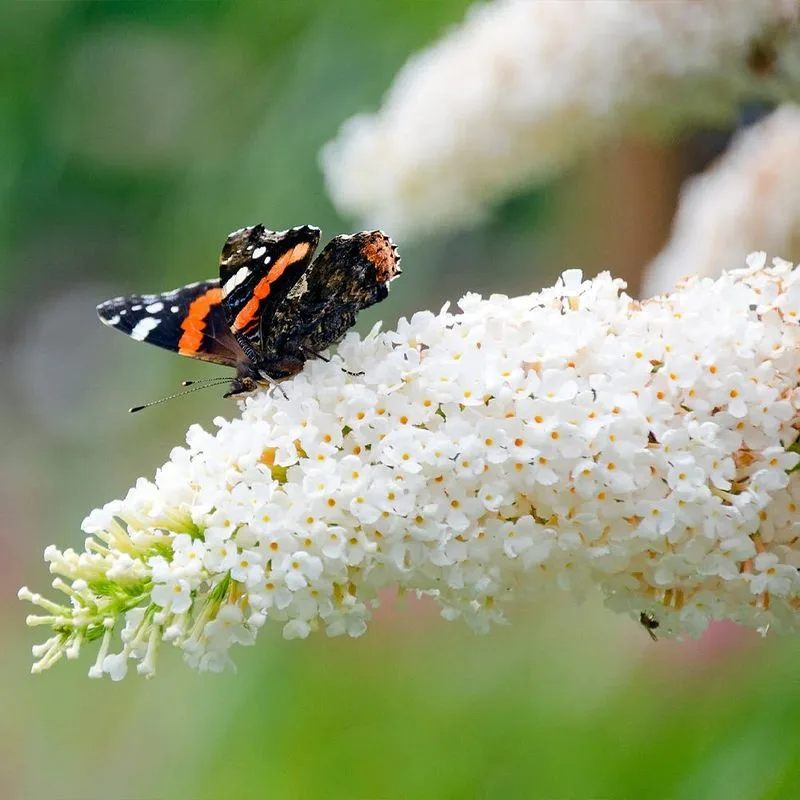
Butterfly Bush, despite its name, can be a problematic addition due to its invasive nature. It often displaces native plants vital for local wildlife. Gardeners should consider native flowering plants that offer both aesthetic appeal and ecological support. While it attracts butterflies, its impact on native flora demands careful management.
Blazing Star
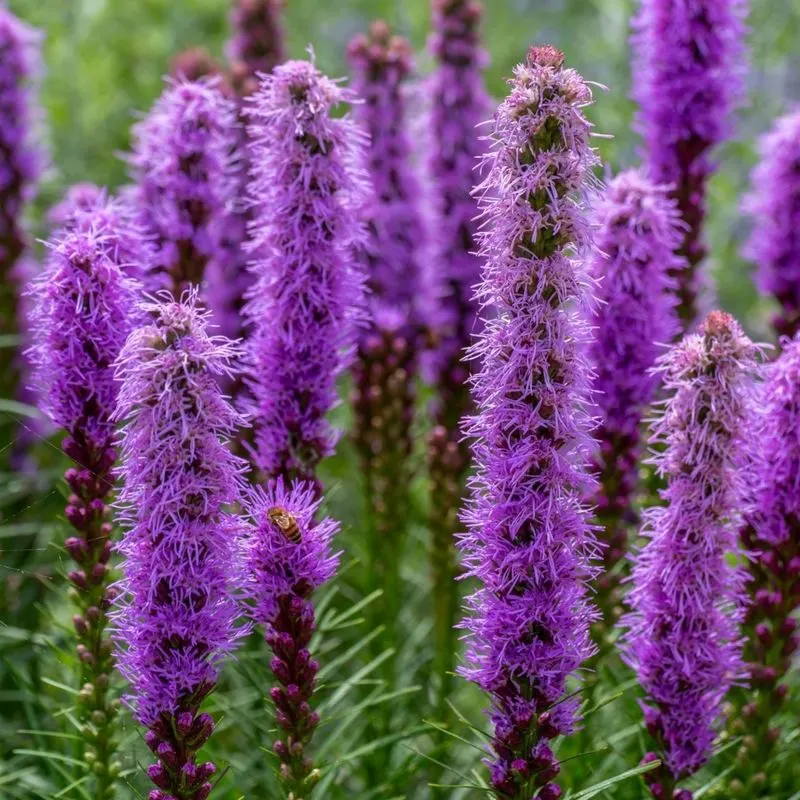
Blazing Star stands as a native choice that combines beauty and ecological value. Its tall, vibrant spikes attract bees, butterflies, and hummingbirds. Unlike the Butterfly Bush, it enhances garden biodiversity. Its presence in the garden not only offers visual drama but also supports a wide range of pollinators, making it a staple for wildlife enthusiasts.

